Microplastics have stealthily infiltrated our food chain, reaching even some of our healthiest staples. While we strive for balanced diets, these tiny plastic particles are making their way into unexpected places. This list explores twelve such foods, shedding light on the hidden microplastics within.
1. Rice
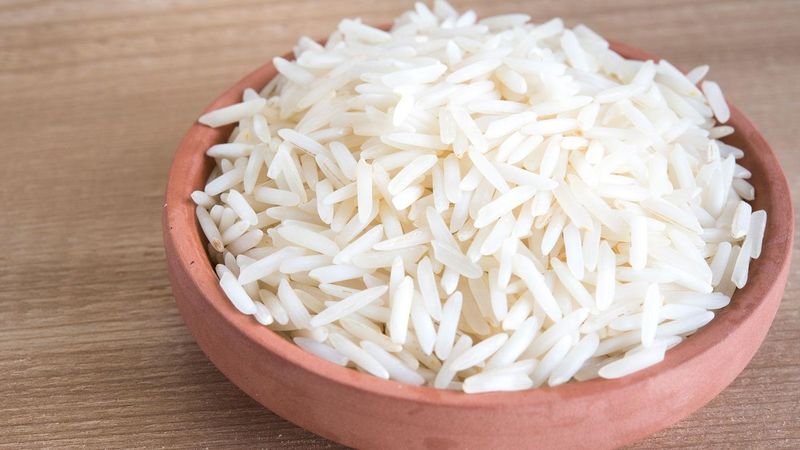
A comforting staple on tables worldwide, rice appears so innocent yet harbors a hidden burden. This essential grain, whether in sushi rolls or comforting bowls of risotto, can contain microplastics introduced during processing.
Dust from machinery and plastic packaging seeps into our grains, turning a healthy option into a potential risk. Cooking rice in excess water and draining it may help eliminate some unwanted particles. Being diligent about sourcing and preparation can safeguard against these contaminants.
2. Ready-to-Eat Salads
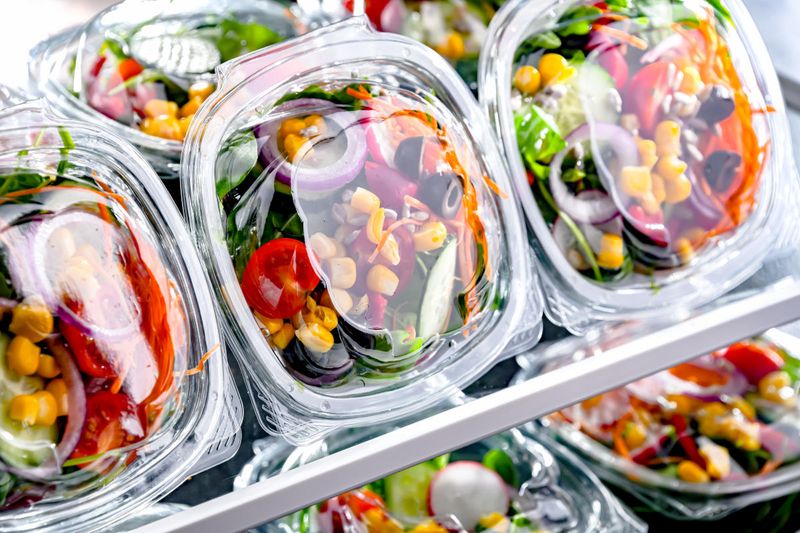
Imagine the convenience of grabbing a ready-to-eat salad from the store—a colorful, nutritious meal in minutes. However, packaging used for these salads often contains or sheds microplastics. As you enjoy crunchy lettuce and vibrant tomatoes, tiny plastic particles might tag along.
Taking the time to wash and prepare salads at home from fresh ingredients reduces this risk. Investing a little extra time for freshness can make a significant difference in what you’re actually consuming.
3. Dairy Products
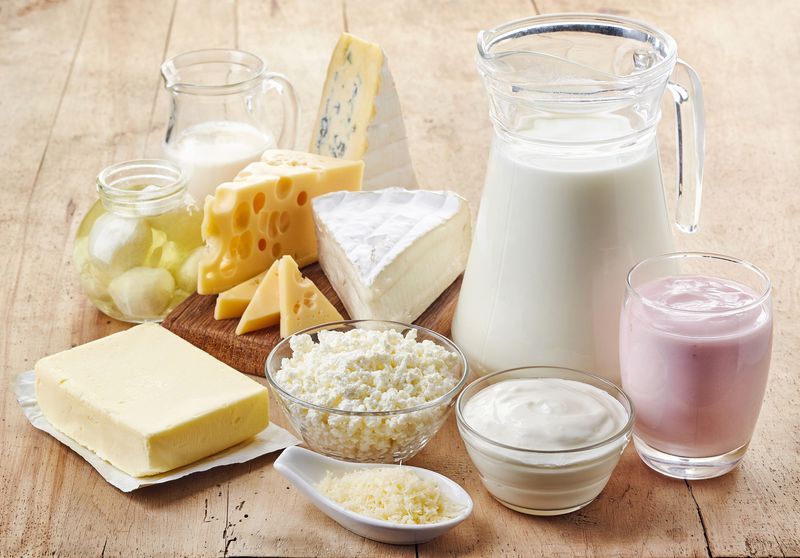
The wholesome image of dairy—milk, cheese, and yogurt—brings comfort and nutrition to many. Yet, there’s a less visible side, as microplastics can infiltrate dairy products. Contaminants from packaging and processing equipment may end up in your creamy delights.
Selecting dairy from trusted sources that prioritize natural and minimal processing can mitigate some of these risks. As consumers, staying informed about production practices is key to enjoying dairy without the plastic burden.
4. Seaweed
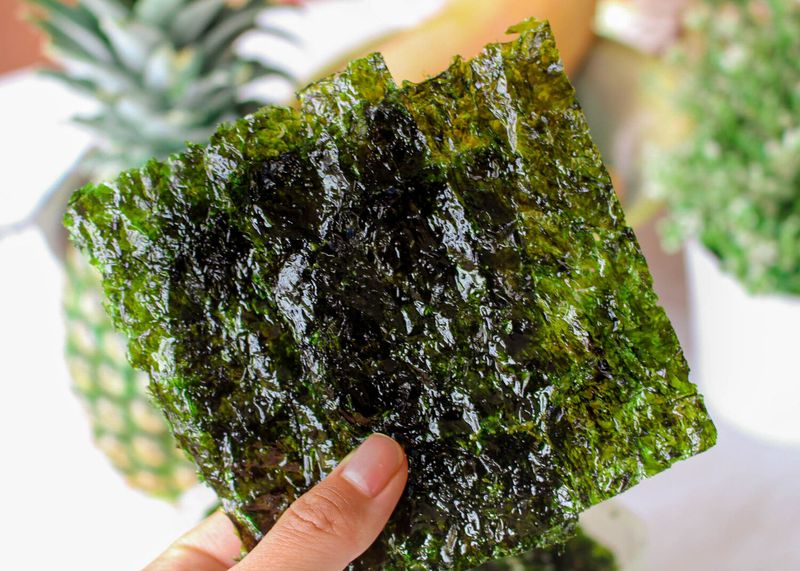
Picture a lush seaweed forest swaying gently under the ocean’s surface—a symbol of marine health. Seaweed, praised for its nutrition, is a staple in many dishes from sushi to salads. However, studies reveal that seaweed absorbs microplastics from the water it grows in.
The pristine appearance belies a deeper issue, as these plastics can be ingested along with the seaweed. Conscious sourcing from cleaner waters is a recommended step, making it essential for consumers to choose suppliers wisely. With increasing ocean pollution, the integrity of seaweed as a health food is under scrutiny.
5. Seafood
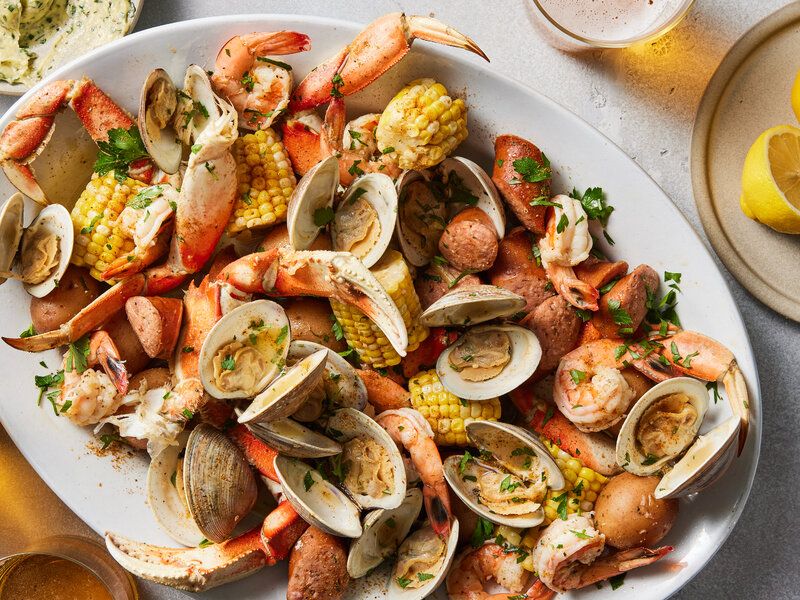
The ocean’s bounty, seafood, offers rich flavors and essential nutrients. Yet, fish and shellfish are among the most affected by microplastic pollution. These particles accumulate in marine life, becoming part of what ends up on our plates.
Choosing seafood from cleaner, regulated waters and supporting sustainable practices helps in reducing exposure. Knowledge about the origins of your seafood is a powerful tool in navigating these challenges.
6. Tea Bags

A comforting cup of tea is a ritual cherished worldwide, yet the bag it brews in might be less soothing. Certain tea bags, especially those made from plasticized materials, release microplastics into the hot water.
Opting for loose leaf teas or bags made from natural fibers can enhance your tea experience, leaving behind the unnecessary plastics. A small change in your tea ritual can make a significant difference.
7. Himalayan Pink Salt
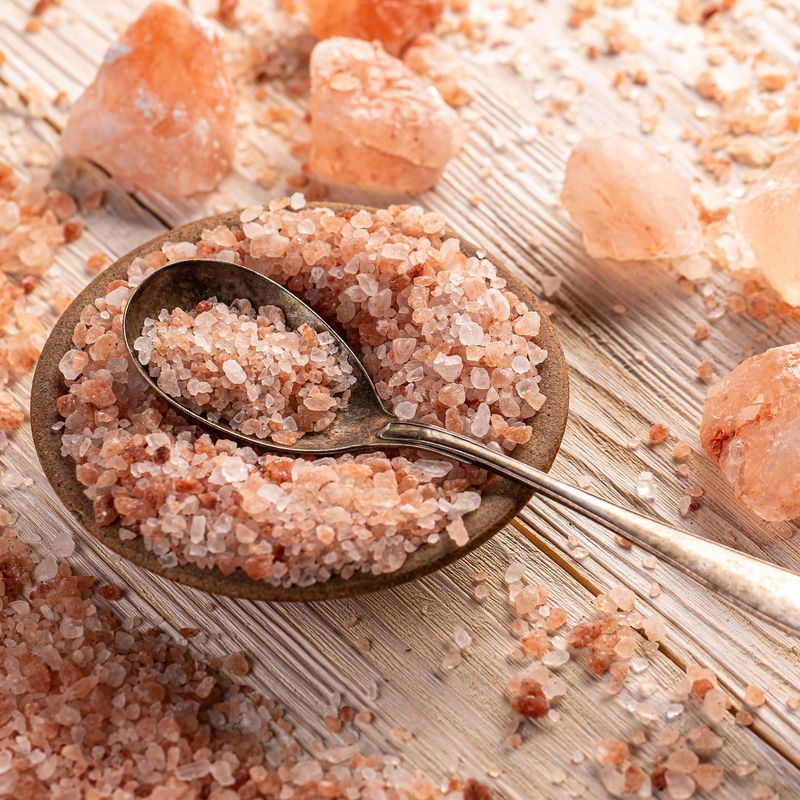
The exotic allure of Himalayan pink salt lies in its delicate color and trace minerals. However, it’s not immune to microplastic contamination. Harvested from ancient sea beds, these salts can contain embedded microplastics from surrounding environments.
While it adds a unique touch to dishes, ensuring quality and purity from reputable suppliers is crucial. This way, your gourmet experience remains pure and untainted by plastics.
8. Plant-Based Nuggets

Plant-based nuggets, hailed as a healthier alternative, aren’t free from the microplastic issue. Processing and packaging can introduce plastics, mingling with the plant proteins that form these nuggets.
Choosing products with transparent sourcing and minimal processing can help reduce plastic exposure. Awareness of the production journey of these alternatives ensures your dietary choices are as clean as intended.
9. Bottled Water
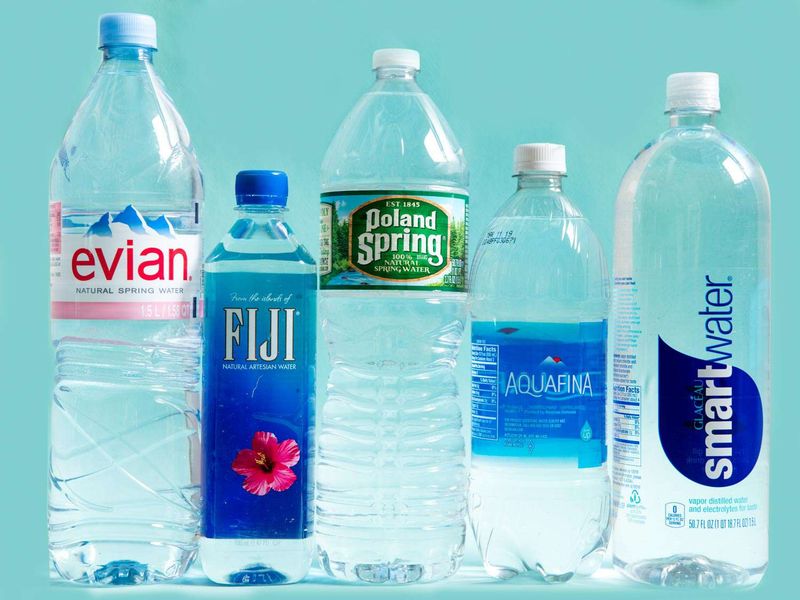
Bottled water, the epitome of convenience, often promises purity but can deliver more than just H2O. The very bottles meant to contain refreshment can leach microplastics into the water they hold.
Opting for glass bottles or reusable water containers is a proactive step towards minimizing plastic intake. The choice of your water source can significantly impact your health, making it a crucial decision.
10. Apples
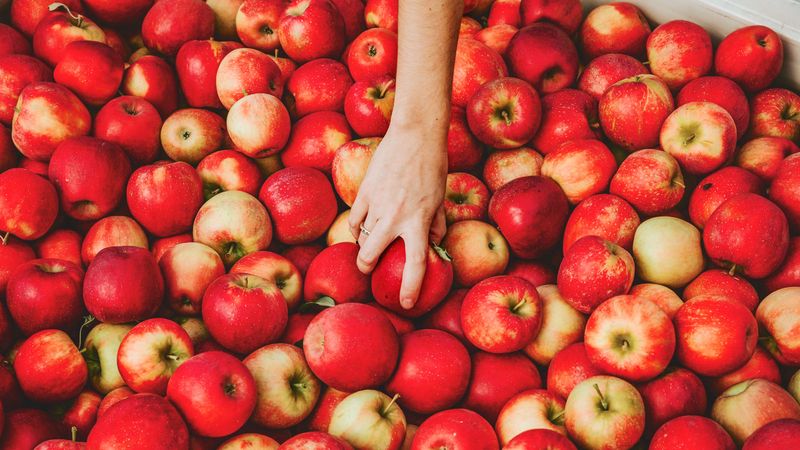
An apple a day keeps the doctor away, but what about microplastics? Apples, during transport and storage, may pick up plastic contaminants from packaging materials.
Washing apples thoroughly or choosing organic options can help in reducing exposure to these hidden plastics. Being mindful of where and how your apples are sourced plays a part in maintaining their wholesomeness.
11. Carrots
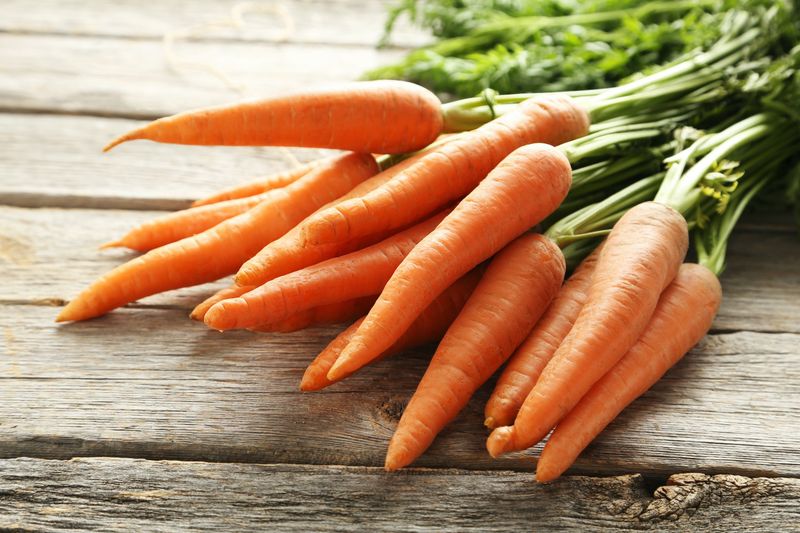
Crunchy and vibrant, carrots are a beloved staple in many diets. Yet, exposure to plastic materials during storage or packaging could introduce microplastics.
Peeling carrots and washing them thoroughly can mitigate the risk. Supporting local farmers who use sustainable practices ensures that your carrots remain as fresh and clean as nature intended.
12. Honey
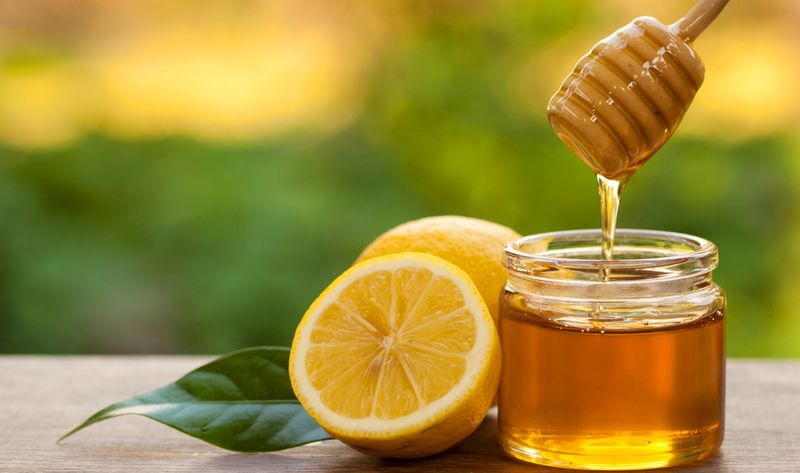
Sweet and natural, honey is often seen as a pure gift from nature. However, bees may collect microplastics along with pollen, integrating them into honey.
Selecting honey from apiaries that focus on pristine environments and sustainable practices helps maintain its purity. Each spoonful then remains as sweet and genuine as nature designed.
Leave a comment